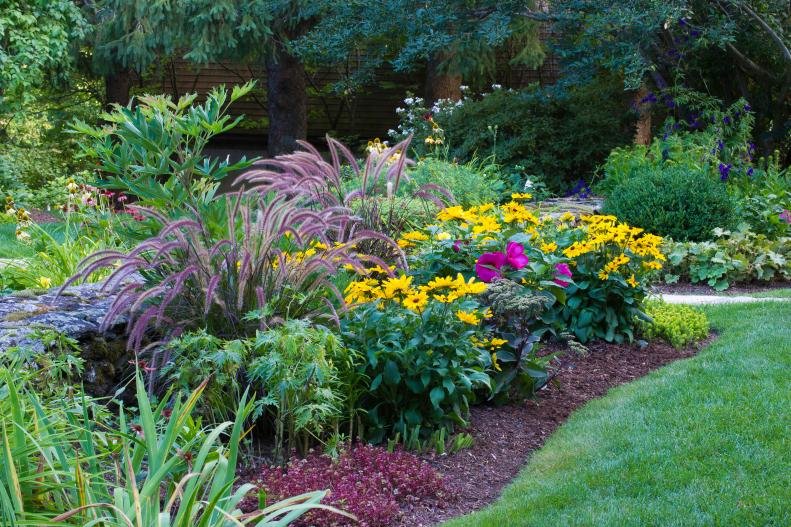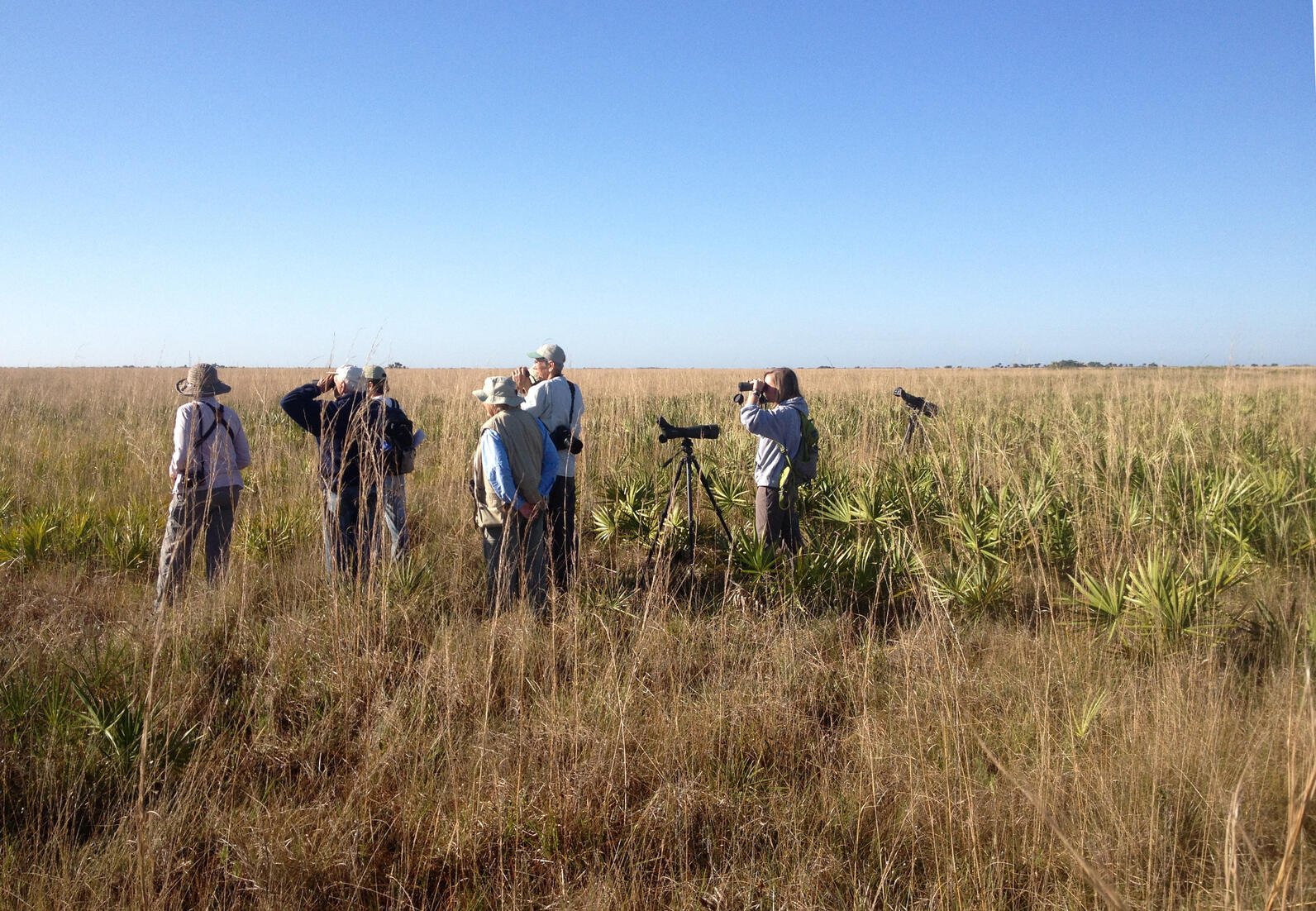PLANT ECOTYPES: A GARDEN vs RESTORATION PERSPECTIVE
A study in 2005 on the economic impact of native plants in Florida’s horticulture industry noted that about 11% of all plant sales in Florida were native plants. By 2016, that number was almost 16%. The United Nations deemed 2021-2030 as “the decade of restoration” and boy, have we seen a steady rise in demand for native plants both for ecosystem restoration as well as residential and commercial landscaping projects. With that steady demand, sourcing of native plants can become quite the challenge, call us to ask us how we know, or if you’d also like to vent! And do you ever wonder, where do the plants come from? We don’t just mean what nursery is selling them, but rather their plant origins? In some cases, we learn that growers regionally collect seeds responsibly to produce plants in their nurseries. In other cases, perhaps plants are propagated clones from an unknown source.
In this article, we are going to dig a little deeper into plant origins and “ecotypes” and why it may be important to know where your plants come from depending on your project, whether it’s your home garden or perhaps a natural area restoration project.
Plant Ecotypes
An “ecotype” is a population within a species that has developed adaptations in response to environmental conditions. Say a plant species that is found in a dry, upland habitat is also found in a habitat that has seasonal flooding in the flatwoods. These may represent two different ecotypes of the same species adapted to those conditions. Understanding this type of genetic diversity in plants has been, and continues to be, a sizzling area of research. In the early 1990s, after Florida was hit with major hurricanes (remember Hurricane Andrew?) there was a massive need for beach dune restorations, creating demand for a popular native dune grass, Uniola paniculata, more commonly known as “sea oats”.
Image courtesy of dunedoctors.com
Research by Dr. Michael Kane of UF/IFAS aimed to identify the best “ecotype” for growers to source and propagate for beach renourishment. They found that the Atlantic Coast of Florida generally had one ecotype of sea oats throughout that coast, as compared to the Gulf Coast of Florida. Along the Gulf Coast, they found more variety in the sea oats representing different ecotypes with differing root structures, leaf quantity and size. After a three-year study of evaluation plots of sea oats, they even observed higher survivability in the Gulf Coast’s sea oats. The team theorized that the Gulf Coast ecotypes may have developed in response to higher incidences of hurricane landfalls along their coast.
Plant Ecotypes in Your Garden
So now let’s say you want to buy native plants for your new backyard garden. “Local” ecotypes are always a safe choice for this kind of project. A “local” ecotype general rule of thumb may be that a plant origin is located between 30 to a few hundred miles from your project site. (Note: the mileage for this “rule of thumb” is actually the topic of a raging debate in the plant community, while others argue we should intentionally seek non-local ecotypes to get ahead of climate change, but that could cause hybridization and genetic swamping…we digress). Having said that, ecotype is less (notice we didn’t say not) important for the success of your home landscape. You may notice that your black-eyed susans flower more or less than your friend’s in Virginia, but nonetheless the value to wildlife is still there, as well as their beauty. It may be best to emphasize obtaining the right ecotypes for your garden’s deciduous species, which in Florida means adaptations for shorter, milder winters than further north.
There are many beautiful deciduous species of trees to choose from to plant in your landscape
It’s highly unlikely that your local nursery will have actual genetic information about their plants, but they may very well know where they source their plant materials from, and that should suffice for your home garden. And if they don’t know that, do continue to ask so this information can be made more readily available to consumers like us.
Plant Ecotypes in Large-Scale Restoration
Biologists study the prairie habitat and its birdlife. Photo: Paul Gray, PhD via Florida Audubon Website
Now, let’s say you’re feeling extra motivated and you finally decide you’re going to conduct some restoration on that abandoned farmland property you inherited. Now this, my friends, is certainly the scale where ecotypes really start to matter. Among a million other things to consider for restoration success, such as site degradation or invasive species, one needs to heavily consider the source plant materials. These plants will need to be successful in both establishing and sustaining a population for the long term, with minimal to no human-involved maintenance. To achieve this feat, you’ll want to know a whole lot more about your plant material origins, and ideally be involved in it yourself. Besides geographic distance or location, you’ll want to know that collectors chose plants, seeds or propagules from the entire source site, and not just from the area closest to where they parked their car for convenience.
Collecting native seed, image courtesy of the USDA website
In larger scale restorations, diversity within a species can be just as important as diversity of species in ecosystems. A study by Hughes in 2008 noted that this species diversity had implications for the quality of the plant litter, soil respiration and even diversity in other species like arthropods. So don’t just collect the plants that “look the prettiest or healthiest” at that point in time, choose a variety, intentionally. You’ll also want to know details about that source site. What other species are there? What are the climate and habitat conditions like there year-round? What happens in large scale restoration after you’ve sourced the right plants and installed them at your site is certainly a topic for another blog article (or someone’s doctoral dissertation), but starting with the right plant ecotype(s), in the right place, we know is a solid foundation for success.
A Southern California yard two years after being converted to native plants
Some large scale restorations are accomplished simply by reverting the grade of the land back to its’ natural state or by recreating other successful conditions for growth, as can be seen in the example below.
Photographs showing a time series of a restored mangrove at West Lake Park, Hollywood, Florida. The hydrologic regime was restored by grading the site to match the slope of an adjacent relatively undisturbed mangrove wetland and constructing tidal creeks. No planting of mangroves occurred, and all three Florida mangrove species established naturally on their own (Lewis, 1990, 2005). (A) initial completion of grading and construction of tidal creeks (July, 1989), (B) after 28 months, and (C) after 78 months (photos by Dr. Roy R. Lewis III).
Conclusion
After reading this article, we hope you see that we have even more reason to thank and support our local native nurseries! It is a delicate balance to preserve wild, native plant populations, while also leveraging them responsibly as a source for producing the native plants that we utilize in landscaping and restorations.
We are proud to be a partner of FANN, a helpful resource in finding Florida native plants for sustainable landscapes
It is a challenge, and it is one that we at Wacca Pilatka have signed up for! Contact us for help on sourcing your native plants and creating your next garden, we are working hard on our new grow pad to bring our nursery to life and look forward to being your source for native plants in Northeast Florida!











